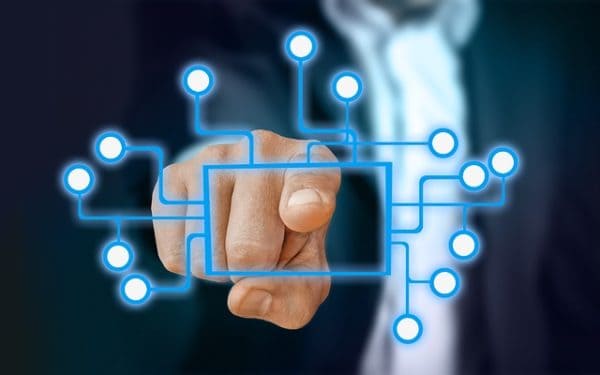Wholesalers, brand managers, and marketers are faced with new challenges every day on how to best connect with customers and potential buyers of their goods. Business-to-Business (B2B) software gives them the tools to accomplish that, particularly as commerce moves onto mobile platforms.
The new technology in that software has introduced an equally new vocabulary into the B2B world. Business leaders can gain a competitive edge if they absorb the definitions of at least the following seven common terms that are used in that world.
- Software as a Service (SaaS): SaaS removes the requirement for an organization to install software on dedicated internal servers and workstations, and instead places that software on a server that employees can access from any remote location. Rather than purchasing a license to use the software, organizations typically pay per-user subscription fees.
- Content Management Systems (CMS): CMS is a coordinated group of software applications that enables organizations to organize documents and other digital content under a single umbrella. CMS allows employees to search and index content more rapidly, to track and control changes in documents and materials, and to establish templates for enterprise-wide functions. CMS further encompasses enterprise and web content management (ECM and WCM), and content management and delivery applications (CMA and CDA).
- Artificial Intelligence (AI) & Machine Learning (ML): AI and ML are related but different concepts. AI is a broader reference to a machine’s ability to mimic human interactions in a manner that appears to be intelligent, while ML is an AI application under which machines teach themselves to respond to queries more accurately based on feedback from prior responses. End users who access a business’s website often encounter AI and ML technology through a website help desk that gives end users an impression of interactions with a live assistant on the website.
- Enterprise Resource Planning (ERP): There are several answers to the question, “what is ERP”? The most general answer is that ERP software connects all of the functions within an enterprise, including, without limitation, raw material inventory, manufacturing, warehousing and distribution, accounting, marketing and sales, and human resources, within a single system that gives all employees in the enterprise a global picture of how their individual functions affect the enterprise as a whole. ERP software started primarily as “on premises” applications, but is now moving toward cloud-based systems that provide opportunities for both customization and adoption of improved systems without the need for costly in-house servers and technology.
- eCommerce: Electronic commerce or “eCommerce” is the likely starting point and end goal of all B2B software applications. It encompasses the buying and selling of products on an electronic platform, and includes systems that handle online product selection and payments. eCommerce is the backbone not only of B2B transactions, but also of transactions between businesses and end user consumers.
- Electronic Software Distribution (ESD): Although software can still be installed on a server via physical media, ESD is rapidly supplanting physical software installations. ESD allows an end user to download B2B and other software applications over the internet, reducing the developer’s costs and expediting delivery and installation of the software at the end user’s location.
- Business Intelligence (BI): Business leaders might get lucky when they rely on gut instincts to make strategic decisions, but Business Intelligence software applications give those leaders a more objective foundation for making those decisions. ERP software, for example, is a form of a BI tool that can give a manager data sets, financial reports, real-time distribution information, inventory and tooling utilization rates, and employee productivity statistics that the manager can then use to more accurately determine where improvements are required and what parts of the business are most profitable.
Now that you understand the jargon, you can explore the world of B2B technologies.
 Gearfuse Technology, Science, Culture & More
Gearfuse Technology, Science, Culture & More



